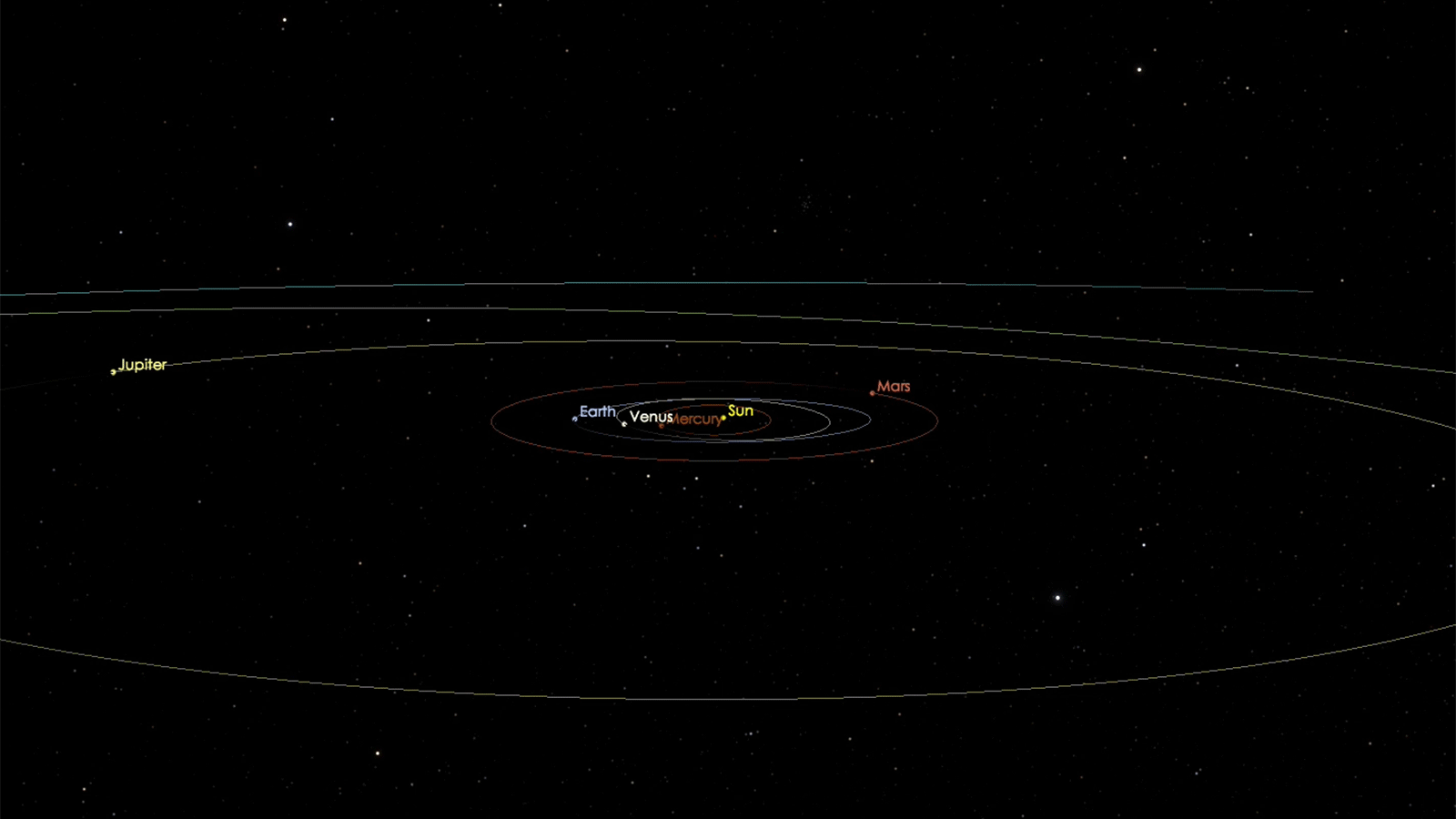Harvard astronomer says alien technology visited in 2017, may have been distant civilization’s trash

A Harvard astronomy professor believes a mysterious interstellar object that visited our solar system in 2017 was a type of alien technology and may even have been the discarded trash of another civilization.
Avi Loeb has outlined his theory that the perplexing object dubbed ‘Oumuamua provides proof that highly-intelligent life exists elsewhere in the universe.
ʻOumuamua – which roughly translates as Hawaiian for ‘Scout’ – is the first known interstellar object that was detected passing through the Solar System. It was first observed through the Pan-STARRS telescope at Hawaii's Haleakala Observatory in 2017.
The 400 meter-long celestial body measured ten times longer than it was wide. It was thought to be an interstellar comet by many astronomers, but its shape was unlike anything seen before.
In his upcoming book, Extraterrestrial: The First Sign of Intelligent Life Beyond Earth, Loeb explains his theory about the peculiar-shaped object that behaved strangely while travelling through our neighborhood of space.

The object came from the direction of the nearby star Vega, which is around 25 light-years away, in September 2017. It entered Earth’s elliptical plane only to move closer to the sun just a few days later.
At the end of the month, it flew by Venus at a rate of 58,900 miles per hour. It came close to Earth again on October 7 before it began “moving swiftly toward the constellation Pegasus and the blackness beyond,” Loeb writes in his forthcoming book.
While some scientists were quick to claim it was just another comet, Loeb dismisses the assumption, saying this relies too much on the “familiar.”
“What would happen if a caveman saw a cellphone? He’s seen rocks all his life, and he would have thought it was just a shiny rock,” he said to the New York Post.
The distinguished astronomer pointed out a number of characteristics of ʻOumuamua that made it different to anything encountered before. He said its strange cigar-like shape is unprecedented for normal space objects and it was “unusually bright,” at least “ten times more reflective than typical solar system [stony] asteroids or comets”.
However, the issue that made the scientist believe that it was an artificial object was its head-scratching trajectory in proximity to our star.

Instead of slowing down when it got farther away from the Sun, ‘Oumuamua accelerated “slightly, but to a highly statistically significant extent”, the scientist explained.
Comets can behave in this manner, as the heat from the star releases frozen gases from their surface, which act like a rocket engine. However, if that was the case ‘Oumuamua should have left a distinctive “tail,” which it never did.
The boffin speculated that the object could have been a disc-shaped light sail or a piece of “space junk” discarded by an alien civilization long ago.
“The only way to look for [alien civilizations] is to look for their trash, like investigative journalists who look through celebrities' trash,” Loeb said.
Also on rt.com Ex-CIA boss Brennan says Pentagon’s declassified UFO videos are ‘eyebrow-raising,’ advises ‘to keep an open mind’Like this story? Share it with a friend!














